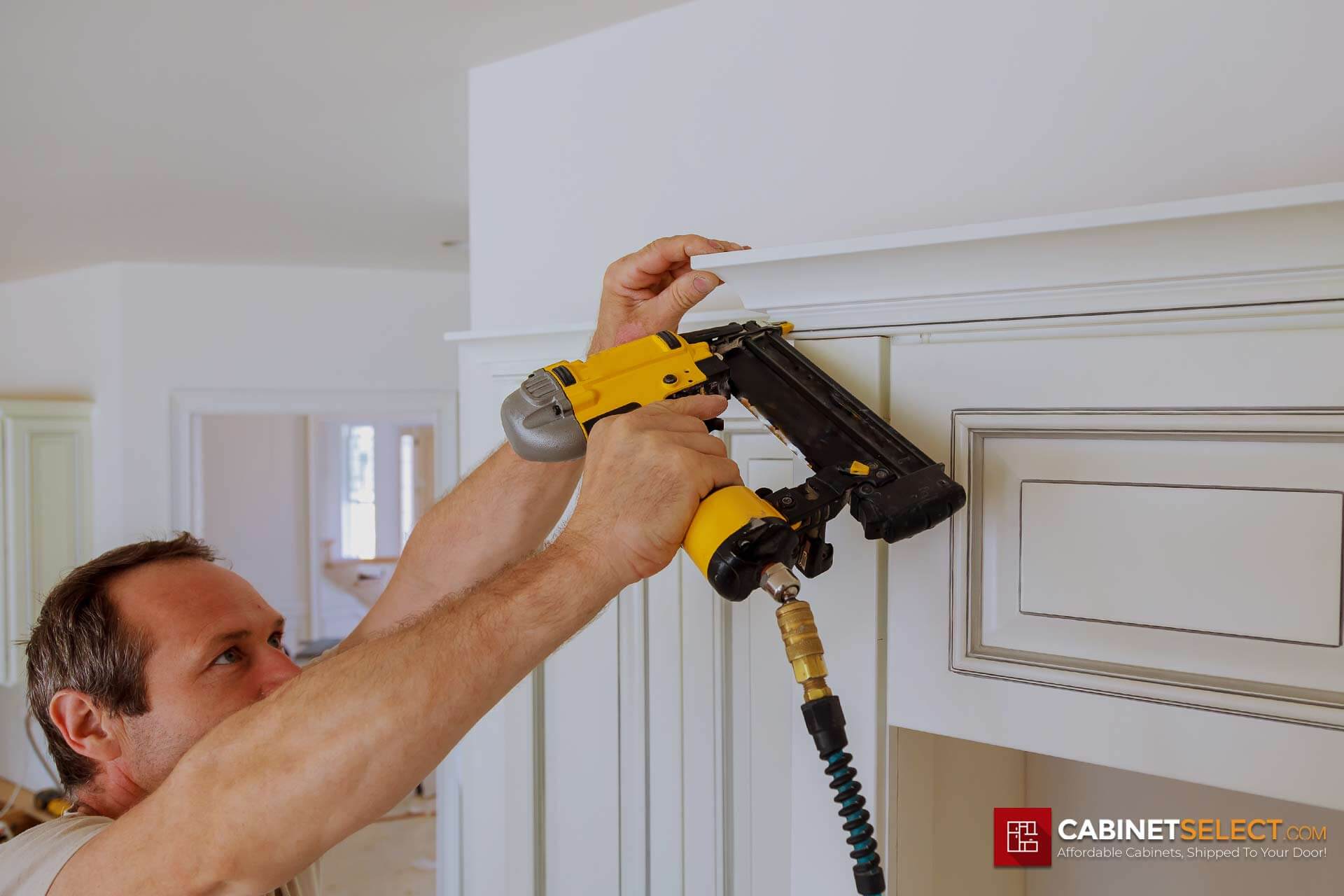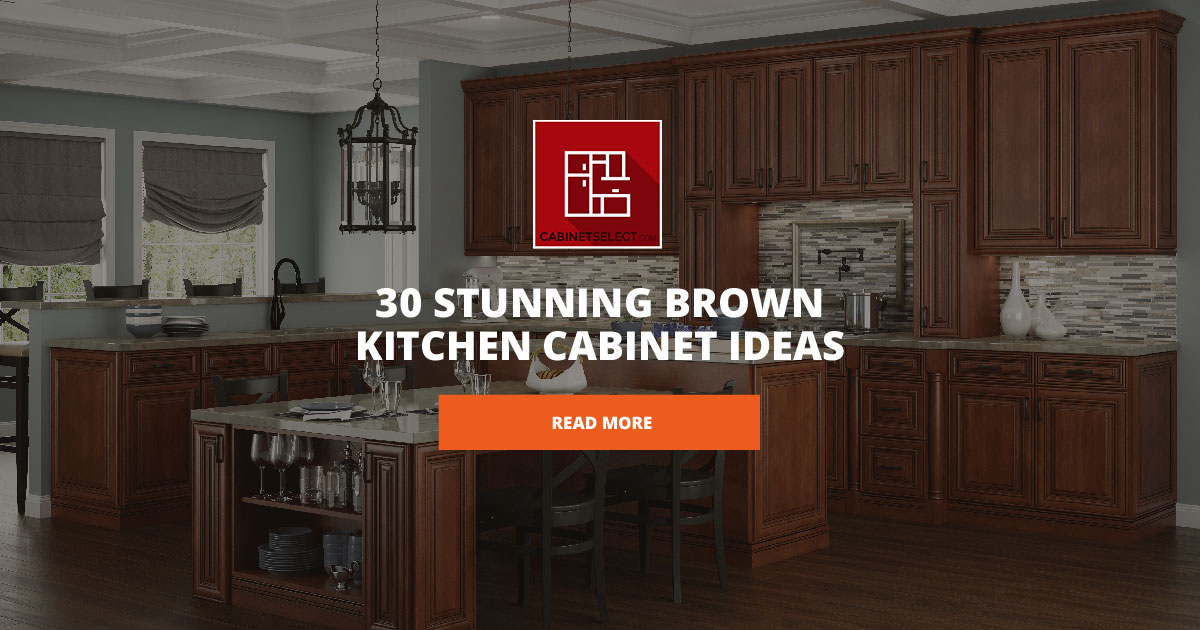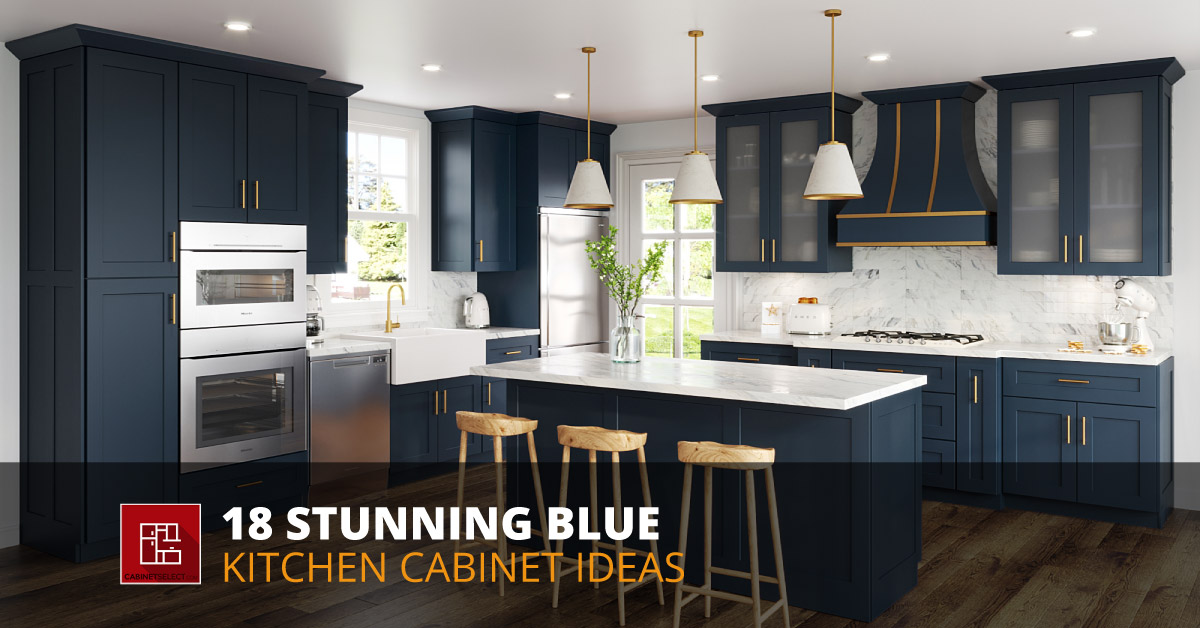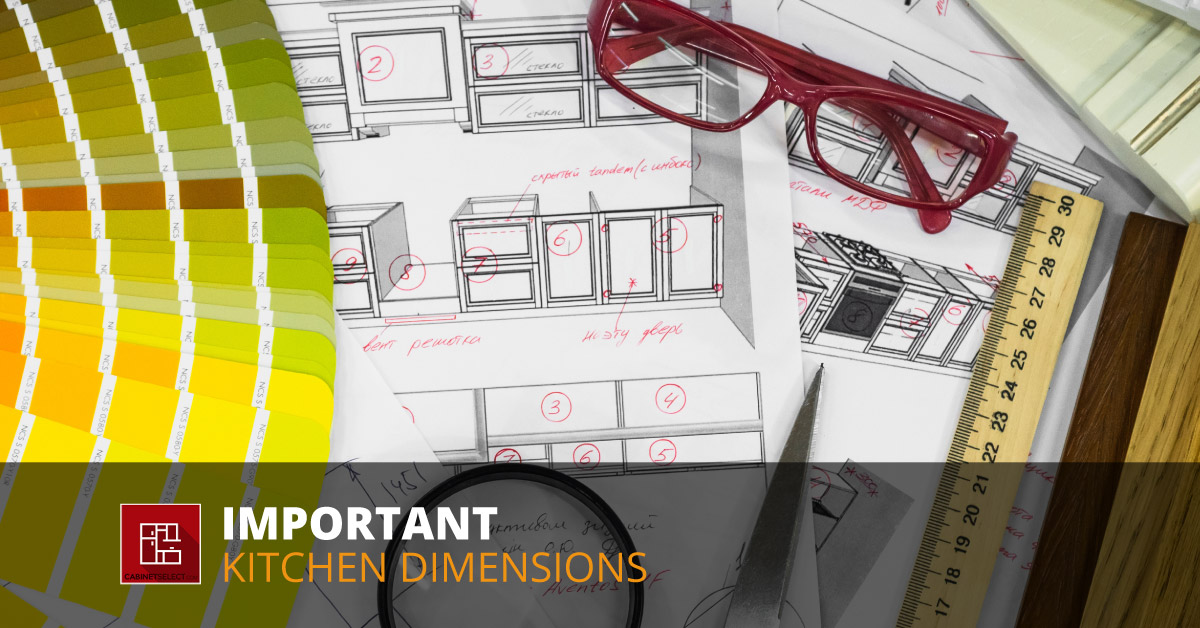
How to select the best cabinet molding for your kitchen
The right molding can change the way a kitchen looks and feels and take it from builder-basic to polished custom. Molding adds punctuation to a kitchen or bath and can also enhance or change the perceived room shape and size.
Cabinet moldings bring balance, define proportions, highlight interesting architectural points and sets tone and character. They come in various wood types:
- Cherry
- Maple
- Oak
- Popular
- Adler
With so many choices, it’s easy to match your cabinet for a personalized style and design. Let’s take a look at how to pick the best kitchen cabinet molding and colors you can paint it.
Different types of cabinet molding
Molding adds a polished touch to kitchen or bath cabinetry; it improves the overall look and goes a long way to adding volume to a low ceiling or charm to a tall one. Here are a handful of different types of cabinet molding:
Traditional crown molding. You probably have some type of crown molding in your home now, it’s very common and the most popular type. You add crown molding above your cabinets and just below the ceiling, it’s used as space filler since empty space above cabinets can look odd and tends to collect dust. Crown molding also immediately draws the eye upward, which can be helpful if you have lower ceilings in your kitchen or bath. Decorative crown molding is an excellent addition to any remodeling project and can help make your project look complete.
Stacked molding. Some kitchen ceilings are very high; taking the cabinetry all the way up to the top is an expensive proposition and may lack an appealing look. Here, moldings are stacked or assembled with several molds on top of each other. This stacked look produces a dramatic, towering effect that looks clean and uniform.
Insert molding. Want something very decorative? Insert molding is the answer, it is made from inserts that blend with the exterior of your cabinet installs. This decorative molding looks amazing and gives the appearance of custom cabinets no matter your budget or design!
Baseboard molding. This cabinet molding is also known as bottom molding and can be found at the base of cabinet doors. It can also be used for tall cabinet installations since the molding is placed at the floor level.
Baseboard moldings can be added to make a cabinet look like a piece of furniture and are a great way to dress up your cabinetry and give them fluid and continuous look.
Light rail molding. You can use light rail molding to finish the bottom of wall cabinets and hide under-cabinet lighting fixtures. This molding adds functionality to your cabinets and finishes with a soft and subtle look throughout your room.
Deciding on crown molding paint colors
If your kitchen or bath has molding installed, or you are adding some type of molding during a remodel, you’ve probably been thinking about what color to paint it. Ultimately, the decision is yours but here are several design factors to help you decide how to paint.
- We recommend not paining crown molding the same color as your ceiling. When molding matches the ceiling, the ceiling appears larger and dwarfs crown molding making it look insignificant. This is known as a camouflaging effect. You lose any impact the crown molding may have, making your costly addition invisible.
- We do recommend painting crown molding to match other trim such as around doors and windows the same color. This creates a cohesive and polished-looking environment. This goes for staining as well; if the trim is stained cherry, consider staining the crown molding to match.
- If you like to stay with current trends using dark-colored cabinets, consider painting molding and trim dark colors, even black, in some cases. A dark color on molding and trim gives a room depth and makes the cabinets “pop” and stand out.

Dark trim and molding also contrast with trendy room colors such as soft white, powder blue, and grays and look good with stainless steel appliances.
According to Wikipedia, crown moldings can trace their origins back to ancient Greece when it was used to cover mistakes and support classical architecture. Today we use molding and trim as a way to accentuate a room or structure and call attention to what’s in it. The times and architecture have changed but the use of molding stays the same.




